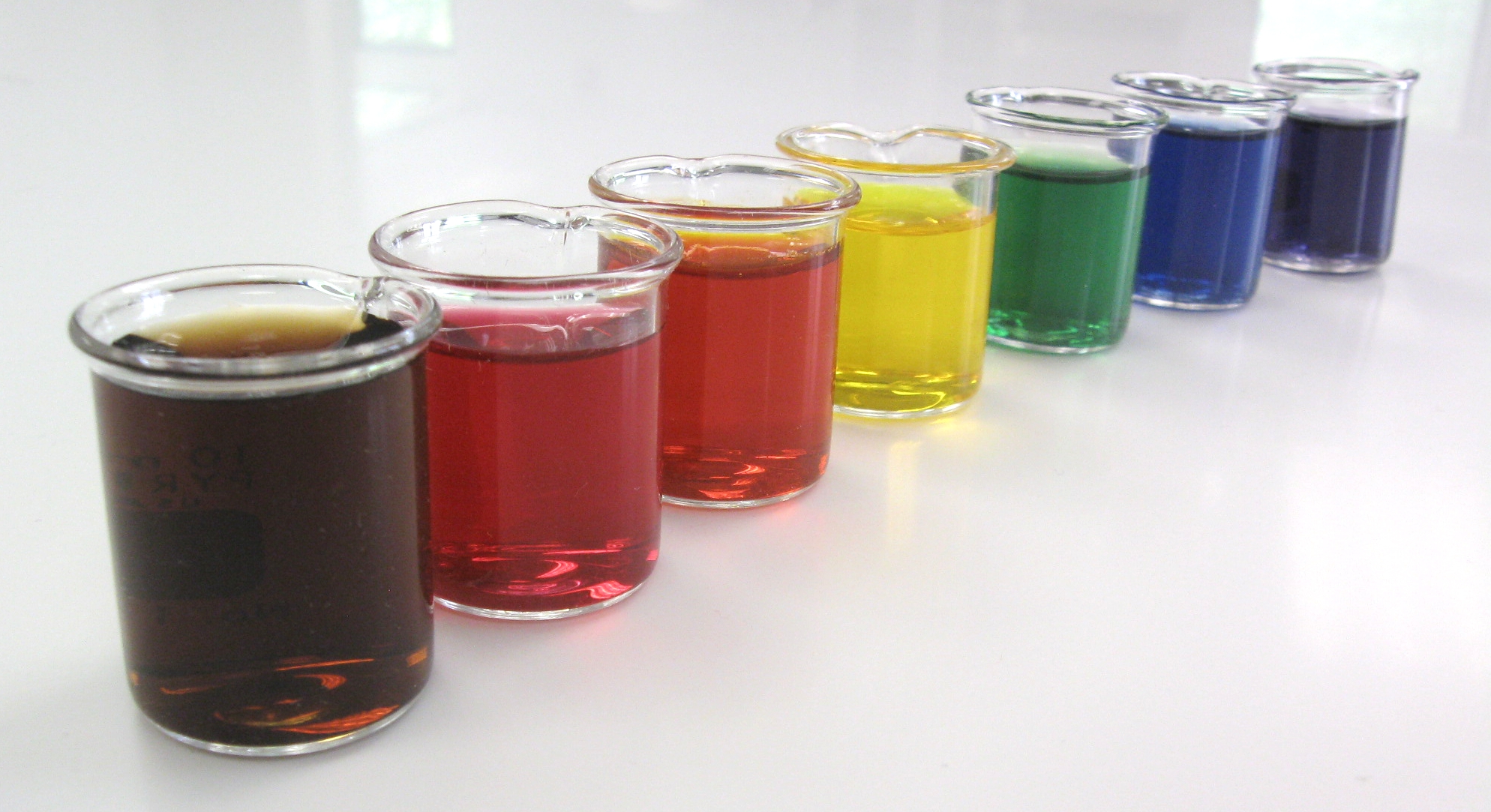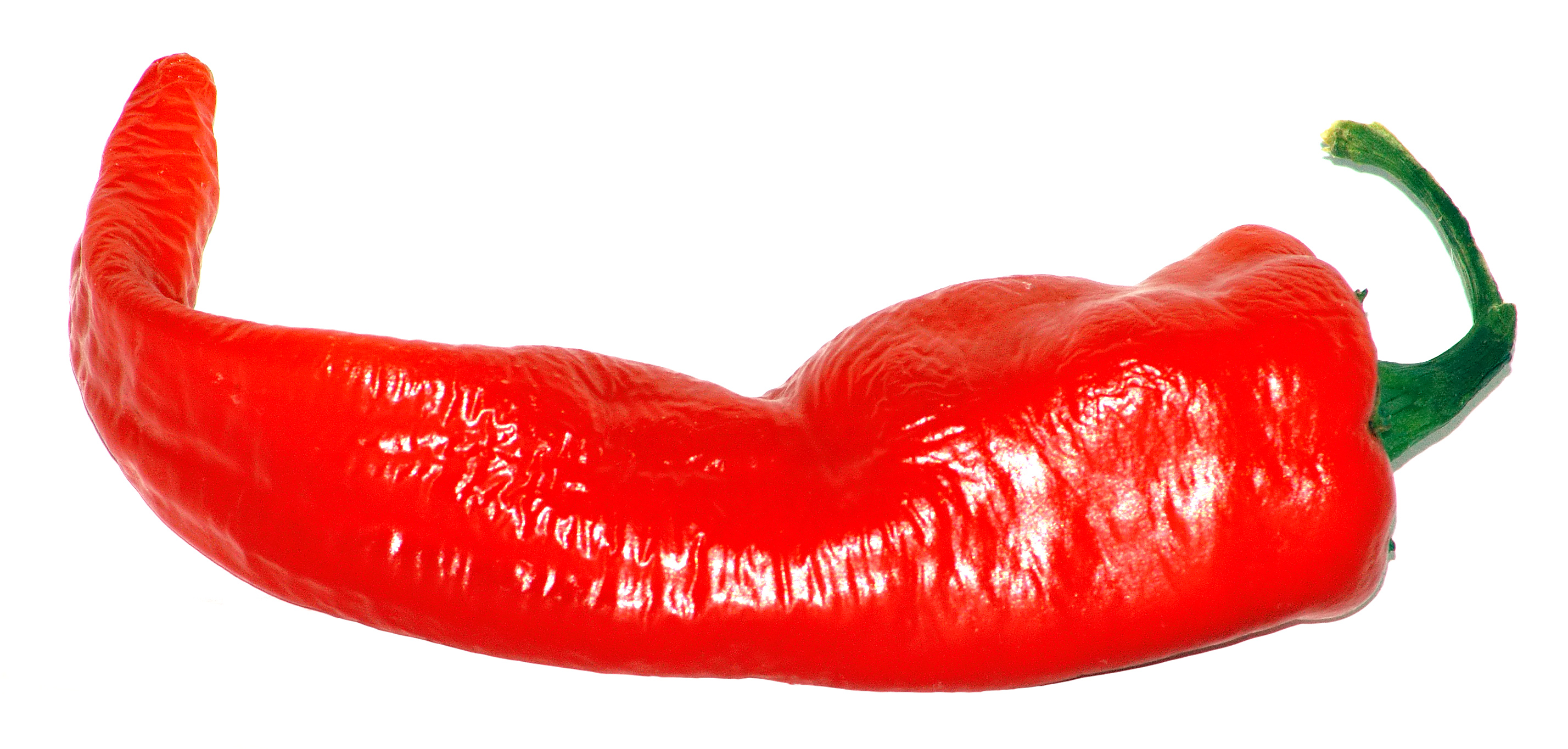|
Bonfire Toffee
Bonfire toffee (also known as treacle toffee, Plot toffee, or Tom Trot) is a hard, brittle toffee associated with Halloween and Guy Fawkes Night (also known as "Bonfire Night") in the United Kingdom.Keating, "Where to Get the Best Treacle Toffee," ''The Times'', October 20, 2007. The toffee tastes very strongly of black treacle (), and cheap versions can be quite bitter. In Scotland, the treat is known as claggum, with less sweet versions known as clack. In [...More Info...] [...Related Items...] OR: [Wikipedia] [Google] [Baidu] |
United Kingdom
The United Kingdom of Great Britain and Northern Ireland, commonly known as the United Kingdom (UK) or Britain, is a country in Europe, off the north-western coast of the continental mainland. It comprises England, Scotland, Wales and Northern Ireland. The United Kingdom includes the island of Great Britain, the north-eastern part of the island of Ireland, and many smaller islands within the British Isles. Northern Ireland shares a land border with the Republic of Ireland; otherwise, the United Kingdom is surrounded by the Atlantic Ocean, the North Sea, the English Channel, the Celtic Sea and the Irish Sea. The total area of the United Kingdom is , with an estimated 2020 population of more than 67 million people. The United Kingdom has evolved from a series of annexations, unions and separations of constituent countries over several hundred years. The Treaty of Union between the Kingdom of England (which included Wales, annexed in 1542) and the Kingdom of Scotland in 170 ... [...More Info...] [...Related Items...] OR: [Wikipedia] [Google] [Baidu] |
Marmalade
Marmalade is a fruit preserve made from the juice and peel of citrus fruits boiled with sugar and water. The well-known version is made from bitter orange. It is also made from lemons, limes, grapefruits, mandarins, sweet oranges, bergamots, and other citrus fruits, or a combination. Citrus is the most typical choice of fruit for marmalade, though historically the term has often been used for non-citrus preserves.Maguelonne-Samat, (Anthea Bell, tr.) ''A History of Food'' 2nd ed. 2009, p. 507 The preferred citrus fruit for marmalade production is the Spanish Seville or bitter orange, ''Citrus aurantium'' var. ''aurantium'', prized for its high pectin content, which sets readily to the thick consistency expected of marmalade. The peel imparts a bitter taste. The word "marmalade" is borrowed from the Portuguese , from ' quince'. Unlike jam, a large quantity of water is added to the fruit in a marmalade, the extra liquid being set by the high pectin content of the fruit. ... [...More Info...] [...Related Items...] OR: [Wikipedia] [Google] [Baidu] |
Food Colouring
Food coloring, or color additive, is any dye, pigment, or substance that imparts color when it is added to food or drink. They come in many forms consisting of liquids, powders, gels, and pastes. Food coloring is used in both commercial food production and domestic cooking. Food colorants are also used in a variety of non-food applications, including cosmetics, pharmaceuticals, home craft projects, and medical devices. Purpose of food coloring People associate certain colors with certain flavors, and the color of food can influence the perceived flavor in anything from candy to wine. Sometimes, the aim is to simulate a color that is perceived by the consumer as natural, such as adding red coloring to glacé cherries (which would otherwise be beige), but sometimes it is for effect, like the green ketchup that Heinz launched in 2000. Color additives are used in foods for many reasons including: * To make food more attractive, appealing, appetizing, and informative * Offset co ... [...More Info...] [...Related Items...] OR: [Wikipedia] [Google] [Baidu] |
Cayenne Pepper
The cayenne pepper is a type of ''Capsicum annuum''. It is usually a moderately hot chili pepper used to flavor dishes. Cayenne peppers are a group of tapering, 10 to 25 cm long, generally skinny, mostly red-colored peppers, often with a curved tip and somewhat rippled skin, which hang from the bush as opposed to growing upright. Most varieties are generally rated at 30,000 to 50,000 Scoville units. The fruits are generally dried and ground to make the powdered spice of the same name, although cayenne powder may be a blend of different types of peppers, quite often not containing cayenne peppers, and may or may not contain the seeds. Cayenne is used in cooking spicy dishes either as a powder or in its whole form. It is also used as an herbal supplement. Etymology The word 'cayenne' is thought to be a corruption of the word ''kyynha'', meaning "capsicum" in the Old Tupi language once spoken in Brazil. It is probable that the town Cayenne in French Guiana is related to ... [...More Info...] [...Related Items...] OR: [Wikipedia] [Google] [Baidu] |
Sodium Bicarbonate
Sodium bicarbonate (IUPAC name: sodium hydrogencarbonate), commonly known as baking soda or bicarbonate of soda, is a chemical compound with the formula NaHCO3. It is a salt composed of a sodium cation ( Na+) and a bicarbonate anion ( HCO3−). Sodium bicarbonate is a white solid that is crystalline, but often appears as a fine powder. It has a slightly salty, alkaline taste resembling that of washing soda (sodium carbonate). The natural mineral form is nahcolite. It is a component of the mineral natron and is found dissolved in many mineral springs. Nomenclature Because it has long been known and widely used, the salt has many different names such as baking soda, bread soda, cooking soda, and bicarbonate of soda and can often be found near baking powder in stores. The term ''baking soda'' is more common in the United States, while ''bicarbonate of soda'' is more common in Australia, United Kingdom and Ireland. and in many northern/central European countries it is called ''Na ... [...More Info...] [...Related Items...] OR: [Wikipedia] [Google] [Baidu] |
Brown Sugar
Brown sugar is unrefined or partially refined soft sugar. Brown Sugar may also refer to: Arts, entertainment, and media Films * ''Brown Sugar'' (1922 film), a 1922 British silent film directed by Fred Paul * ''Brown Sugar'' (1931 film), a 1931 British romantic drama starring Constance Carpenter * ''Brown Sugar'' (2002 film), a 2002 American romantic drama starring Taye Diggs Music Artists * Clydie King (1943–2019), also known as Brown Sugar, American singer, member of the vocal group The Raelettes * Brown Sugar (group), a British female vocal reggae group formed in 1976 Albums * ''Brown Sugar'' (D'Angelo album) * ''Brown Sugar'' (Freddie Roach album) a 1964 album by jazz organist Freddie Roach * ''Brown Sugar'' (soundtrack), the soundtrack to the 2002 film Songs * "Brown Sugar" (D'Angelo song) * "Brown Sugar" (Rolling Stones song), by the Rolling Stones *"Brown Sugar", a song by John Mayall from his 1967 album ''The Blues Alone'' * "Brown Sugar", song by ZZ Top from ' ... [...More Info...] [...Related Items...] OR: [Wikipedia] [Google] [Baidu] |
White Vinegar
Vinegar is an aqueous solution of acetic acid and trace compounds that may include flavorings. Vinegar typically contains 5–8% acetic acid by volume. Usually, the acetic acid is produced by a double fermentation, converting simple sugars to ethanol using yeast, and ethanol to acetic acid by acetic acid bacteria. Many types of vinegar are available, depending on source materials. It is now mainly used in the culinary arts as a flavorful, acidic cooking ingredient, or in pickling. Various types are used as condiments or garnishes, including balsamic vinegar and malt vinegar. As the most easily manufactured mild acid, it has a wide variety of industrial and domestic uses, including use as a household cleaner. Etymology The word "vinegar" arrived in Middle English from Old French (''vyn egre''; sour wine), which in turn derives from Latin: ''vinum'' (wine) + ''acer'' (sour). Chemistry The conversion of ethanol (CH3CH2OH) and oxygen (O2) to acetic acid (CH3COOH) takes place b ... [...More Info...] [...Related Items...] OR: [Wikipedia] [Google] [Baidu] |
Crumpet
A crumpet () is a small griddle bread made from an unsweetened batter of water or milk, flour, and yeast, popular in the United Kingdom, Canada, New Zealand, South Africa and Australia. Crumpets are regionally known as pikelets, a name also applied to a thinner, more pancake-like griddle bread; a type of the latter is referred to as a ''crumpet'' in Scotland. History and etymology Crumpets have been variously described as originating in Wales or as part of the Anglo-Saxon diet,Ann Hagen, A Handbook of Anglo-Saxon Food Processing and Consumption, 1992, p. 20 based on proposed etymologies of the word. In either case, breads were, historically, commonly cooked on a griddle wherever bread ovens were unavailable. The ''bara-planc'', or griddle bread, baked on an iron plate over a fire, was part of the everyday diet in Wales until the 19th century.''Notes & Queries'', 3rd. ser. VII (1865), 170 Small, oval pancakes baked in this manner were called ''picklets'', a name used for the f ... [...More Info...] [...Related Items...] OR: [Wikipedia] [Google] [Baidu] |
Eucharist
The Eucharist (; from Greek , , ), also known as Holy Communion and the Lord's Supper, is a Christian rite that is considered a sacrament in most churches, and as an ordinance in others. According to the New Testament, the rite was instituted by Jesus Christ during the Last Supper; giving his disciples bread and wine during a Passover meal, he commanded them to "do this in memory of me" while referring to the bread as "my body" and the cup of wine as "the blood of my covenant, which is poured out for many". The elements of the Eucharist, sacramental bread ( leavened or unleavened) and wine (or non-alcoholic grape juice), are consecrated on an altar or a communion table and consumed thereafter, usually on Sundays. Communicants, those who consume the elements, may speak of "receiving the Eucharist" as well as "celebrating the Eucharist". Christians generally recognize a special presence of Christ in this rite, though they differ about exactly how, where, and when Chr ... [...More Info...] [...Related Items...] OR: [Wikipedia] [Google] [Baidu] |
Christmas Carol
A Christmas carol is a carol (a song or hymn) on the theme of Christmas, traditionally sung at Christmas itself or during the surrounding Christmas holiday season. The term noel has sometimes been used, especially for carols of French origin. Christmas carols may be regarded as a subset of the broader category of Christmas music. History The first known Christmas hymns may be traced to 4th-century Rome. Latin hymns such as Veni redemptor gentium, written by Ambrose, Archbishop of Milan, were austere statements of the theological doctrine of the Incarnation in opposition to Arianism. Corde natus ex Parentis (''Of the Father's heart begotten'') by the Spanish poet Prudentius (d. 413) is still sung in some churches today. In the 9th and 10th centuries, the Christmas sequence (or prose) was introduced in Northern European monasteries, developing under Bernard of Clairvaux into a sequence of rhymed stanzas. In the 12th century the Parisian monk Adam of Saint Victor bega ... [...More Info...] [...Related Items...] OR: [Wikipedia] [Google] [Baidu] |
Lollipop
A lollipop is a type of sugar candy usually consisting of hard candy mounted on a stick and intended for sucking or licking. Different informal terms are used in different places, including lolly, sucker, sticky-pop, etc. Lollipops are available in many flavors and shapes. Types Lollipops are available in a number of colors and flavors, particularly fruit flavors. With numerous companies producing lollipops, the candy now comes in dozens of flavors and many different shapes. Lollipops can range from very small candies bought in bulk and given away as a courtesy at banks, barbershops, and other locations, to very large treats made from candy canes twisted into a spiral shape. Most lollipops are eaten at room temperature, but " ice lollipops", "ice lollies", or "popsicles" are frozen water-based lollipops. Similar confections on a stick made of ice cream, often with a flavored coating, are usually not called by this name. Some lollipops contain fillings, such as bubble gum ... [...More Info...] [...Related Items...] OR: [Wikipedia] [Google] [Baidu] |







